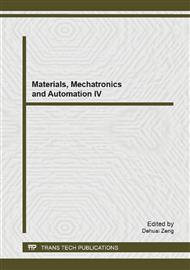p.91
p.93
p.96
p.103
p.109
p.114
p.119
p.125
p.133
Ergonomic Design and Evaluation of Laparoscopic Instrument Handle Based on Anthropometry
Abstract:
The laparoscopic instruments cause pain, numbness and damages to surgeons during the operation due to poor ergonomic design. Anthropometry is one of the most important factors in ergonomic design. Six hand dimensions have been measured in gripping position of fourteen subjects. A prototype handle was designed based on those anthropometric data and finally manufactured. In this study, surface EMG and angels of wrist during a simulated laparoscopic task were collected to evaluate the usability of the new designed and an available handle. After the task, a questionnaire was used to assess the comfort level of those handles subjectively. The compare of those physiological signals showed that the prototype was superior in ergonomic design. Regarding to the questionnaire, the prototype handle scored 58.08, and the current handle scored 52.22. The results showed that the prototype handle is more ergonomic designed than the current handle.
Info:
Periodical:
Pages:
109-113
Citation:
Online since:
June 2014
Authors:
Price:
Сopyright:
© 2014 Trans Tech Publications Ltd. All Rights Reserved
Share:
Citation:


